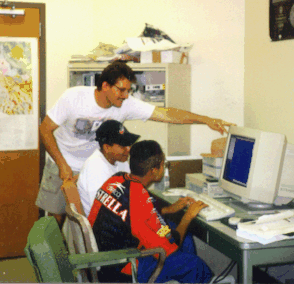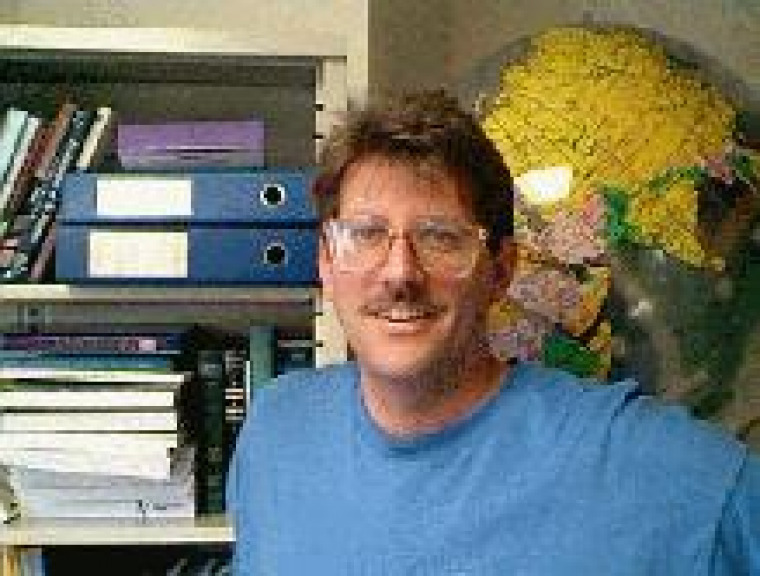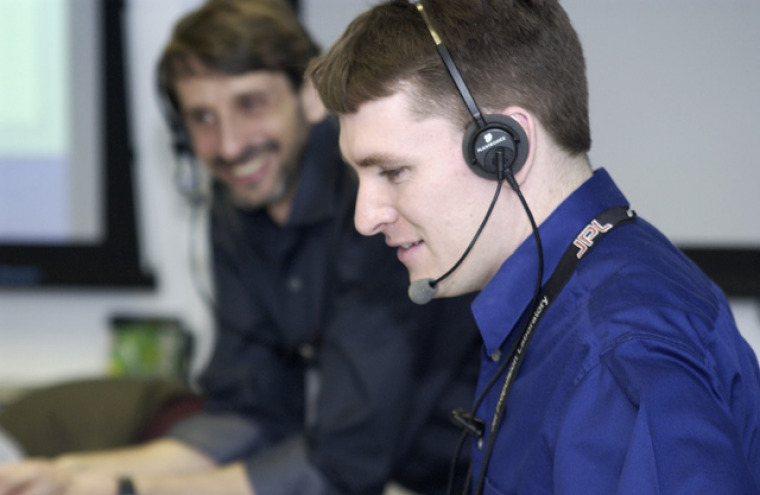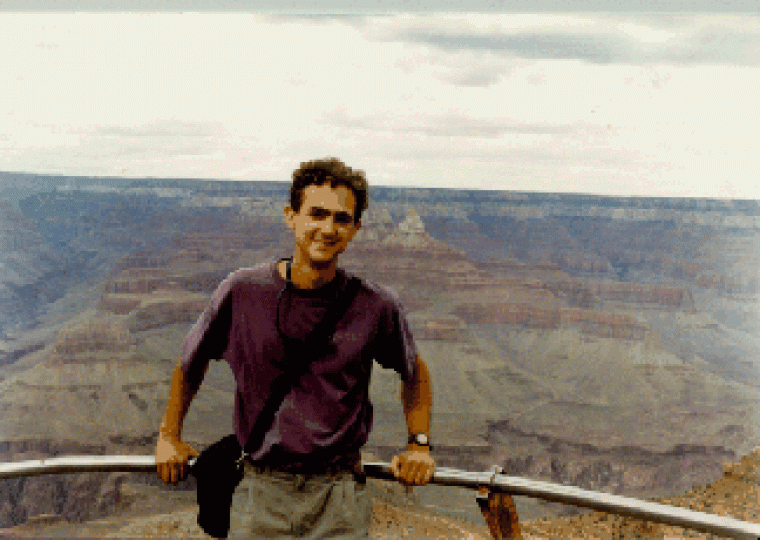David Adams
David Adams has been awarded a two-year Space Grant Fellowship, co-sponsored by the Institute for the Study of Planet Earth (ISPE).
He describes his Space Grant outreach project as follows:
As a Space Grant Fellow, I intend to develop an outreach program that is specifically targeted toward Spanish-speaking adolescents in theTucson area school districts. The Hispanic community has traditionally been underrepresented at the University of Arizona, particulary in the Physical Sciences. In order to attract these young people to the study of the physical sciences at the university level, the university must be accessible to them. One way of attracting these students is to design outreach programs that take into account some the special needs of this community.
Specifically, my outreach program will be focused on some of the issues dealing with climate variability here in southern Arizona. The program I propose will be implemented in two tiers. To begin with, an initial trip to several middle and/or high schools with bilingual programs will include a presentation on natural climate variability in southern Arizona. This initial visit is intended to engage the students' interest in some of the basic issues in climate studies. The second stage will involve the selection of small groups of particularly motivated students to participate in visits to our department laboratories. During these visits the students will examine climate data such as long-term precipitation and temperature records. Simple (and fun!) exercises, such as mapping and graphing these data, will be carried out with the goal of developing a basic understanding of how climate varies from year to year and to develop hypotheses as to why this is the case. Instruction will be carried out entirely in Spanish which is beneficial as it demonstrates to the students that Spanish is also a language of science.
The time these students spend on campus, I believe, will be invaluable in terms of developing familiarity with the university environment and demonstrating that university and science as a field of study are, not only accessible, but also fun.
Fall 1998 update:

Over the summer I was fortunate to have two high school students from the Mexican state of Sinaloa participate in my outreach program. In May, as part of my outreach program, I gave a talk on climate/meteorology to the faculty and students at a preparatoria (high school)in Culiacan, Sinaloa. The Universidad Autonoma de Sinaloa, which has jurisdiction over many of the public high schools in Sinaloa, has implemented a climate/meteorology program into the high school curriculum. As a result I was invited to give this talk. I was very impressed with the interest level of the students. From this meeting, we arranged for two students, Guillermo and Cesar Avila to come to work with me while they studied English and Pima Community College. During the entire month of July and into the middle of August, we met in the afternoons in Dr. Andrew Comrie's climate lab in the Department of Geography and Regional Development. During these meetings, I instructed them in some to the basics of working with meteorological data including the basics of FORTRAN programming. We also spent a great deal of time examining satellite images and weather forecast products for the southwestern U.S. and Northwestern Mexico during the heart of our 'monsoon' season (one of my topics of research). It was really a fantastic experience, I believe, for each of us. Guillermo and Cesar expressed a great deal of interest in one day attending the University of Arizona. I really think they would be valuable additions to the Arizona student body.
Presently, I am continuing my visits to classrooms here in the Tucson area. My focus is still Spanish-speaking students with very limited English skills. However, I have expanded my talks to include elementary school children. In this talks, I focus on some simple classroom experiments that can be related to atmospheric phenomena. I will also continue giving talks at the middle and high school levels. In January, I hope to return to the Biosphere 2 to give climate lectures as I did last year. However, I am still waiting for the invitation!
For the summer, I plan to again invite local high school students to participate in my outreach program over the summer. I may also return to Culiacan, Sinaloa to give another talk and, if I am lucky, attract some interested Mexican students to come to the U of A.




